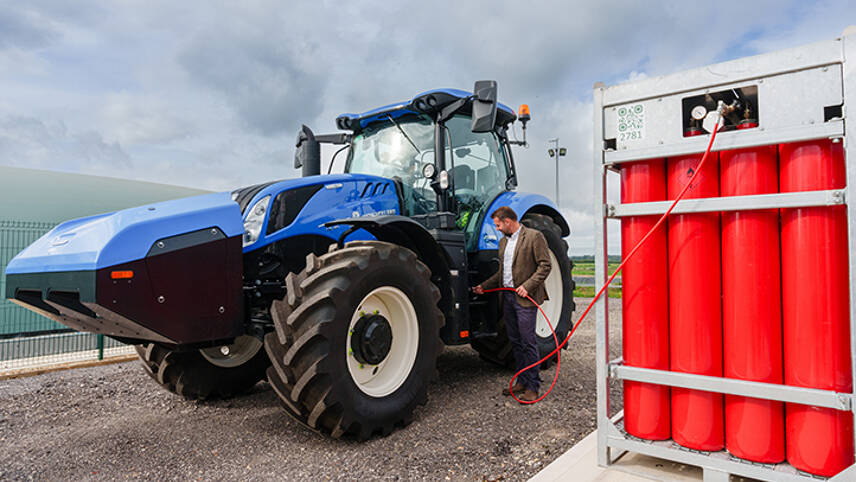This premium content is exclusive to edie Members.
To find out more about edie Membership, please click below.
If you are an existing member, login here

image: Mark MacKenzie
At a glance
Who: Waitrose
What: Using renewable natural gas to power tractors
Where: Leckford Estate farm in Hampshire, UK
Why: To reduce the carbon footprint and achieve net-zero emissions by 2035
When: Announced in 2021, ongoing project
The Challenge
The challenge Waitrose sought to overcome was finding innovative ways to reduce greenhouse gas emissions from its farm operations, particularly those associated with cattle farming, which is a known contributor to methane emissions.
The Solution
Waitrose devised a solution by harnessing fugitive biomethane emitted from the manure produced by the 500 cattle kept at the Leckford Estate farm. This methane is harvested and upgraded on-site, producing renewable natural gas, which is then used to power tractors.
How the Project Works
The innovative facility at the farm captures fugitive methane gas by directing manure and organic waste into a covered lagoon, the size of two and a half Olympic swimming pools. This lagoon safely captures and separates methane into gas and slurry. The captured methane is then refined into biomethane, compressed, and utilised to power Waitrose tractors and lorries. This process, known as Compressed Fugitive Methane (CFM), ensures that the methane, which would have otherwise been released into the atmosphere, is put to productive use.
The Results
Waitrose anticipates the initiative to cut down up to 1,300 tonnes of carbon emissions per year, making a significant contribution to the reduction of the company’s overall carbon footprint.
Business Benefits
This project brings numerous benefits to Waitrose, including a reduced carbon footprint, increased sustainability in operations, and the potential for cost savings.
The fuel produced can also be converted into electricity for powering their farms, charging electric vehicles (EVs) and or powering dairy equipment.
It also sets an industry-leading example for sustainable farming practices, which can inspire others to follow suit.
Investment/Savings
While specific financial details are unavailable, the project is expected to generate cost savings over time, making it a financially viable and sustainable initiative.
Industry Context
Agriculture, Forestry and Land Use directly accounts for 18.4% of global greenhouse gas (GHG) emissions. By pioneering the use of renewable natural gas in farming operations, Waitrose has set an example that enables sector leaders to reduce emissions from their farms operations.
Additional Information
The facility was designed and built in collaboration with clean energy players Bennamann and New Holland tractors. Furthermore, the farm’s monitoring system is powered by solar panels on farm buildings, demonstrating a holistic approach to sustainability.
© Faversham House Ltd 2024 edie news articles may be copied or forwarded for individual use only. No other reproduction or distribution is permitted without prior written consent.

